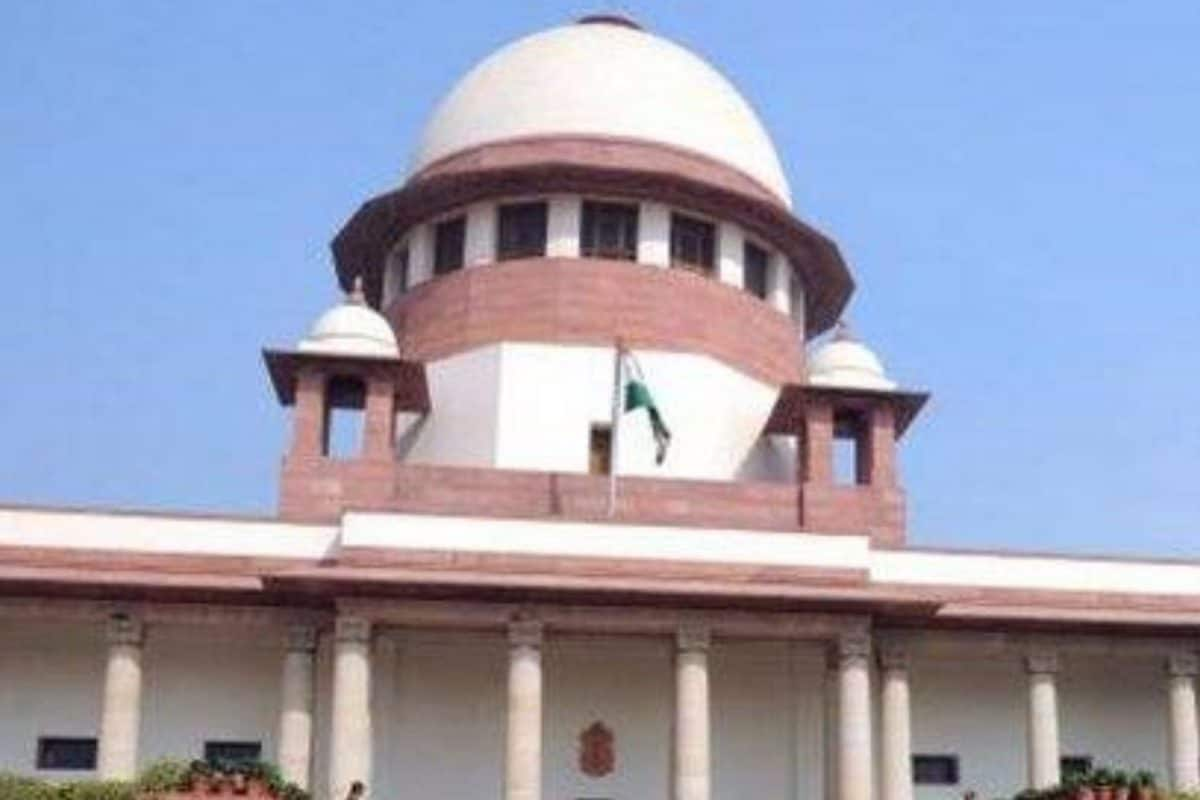Live now
Delhi Air Pollution LIVE Updates: SC Hearing to Begin Shortly as AQI Continues in 'Very Poor' Category
Delhi Air Pollution LIVE Updates: As per SAFAR, the PM 10 levels were recorded at 249 in the ‘moderate’ category, and PM 2.5 levels were recorded at 139 in the ‘very poor' category.

Delhi Air Pollution LIVE Updates: The air quality in the national capital continues under the ‘very poor’ category, however, strong winds can improve the situation marginally. The overall air quality index (AQI) was 315 on Monday in comparison to 349 on Sunday. As per the System of Air Quality and Weather Forecasting And Research (SAFAR), a central forecasting body, the PM 10 levels were recorded at 249 in ‘moderate’ category Read More
Key Events
Key EventsSupreme Court Hearing on Pollution to Begin Shortly
The Supreme Court is scheduled to continue hearing the pollution cases today. In the previous hearing, the top court refused to pass any harsh orders regarding the Delhi toxic air and has asked the government to take steps to ensure that the condition improves. As the National Capital breathes poison, the SC will discuss with the Delhi government, some permanent solutions to curb this situation.
What Pollutants Does AQI Measure?
The AQI is calculated by the Environmental Protection Agency (EPA) for five primary air pollutants for which national air quality limits have been established to protect public health.
1. Ground-level ozone
2. Particle pollution/particulate matter (PM2.5/pm 10)
3. Carbon Monoxide
4. Sulfur dioxide
5. Nitrogen dioxide
What is AQI & How It’s Measured
The AQI is a number used by government agencies to assess and communicate air pollution levels to the public. A higher AQI indicates unfavourable health effects for a huge proportion of the population. It is measured using an air sensor and an air pollutant concentration over a predetermined averaging period. The results are classified into ranges, with each range receiving a descriptor, a colour code, and a standardised public health advisory. Historically, all continents have used the United States Environmental Protection Agency’s (EPA) AQI. When numerous contaminants are measured at a monitoring site, the highest AQI value in a one-hour average is given for that site. However, each country’s air pollution is highly distinctive to the country’s pollution kind, according to reports.
Delhi Schools To Remain Closed Till Further Notice Due To Air Pollution
All Delhi schools are to remain shut until further notice due to the city’s high air pollution levels, the Directorate of Education ordered, as the national capital continued to experience aggressively poor air quality this season. During this time, only online classes will run. “The environment department has directed to close all the schools with immediate effect till further orders of the Commission for Air Quality Management in NCR and adjoining areas. Therefore, all government and private schools will remain closed till further orders,” Additional Director of Education Rita Sharma said.
PM 10 Levels Recorded at 249, PM 2.5 at 139: SAFAR
As per the System of Air Quality and Weather Forecasting And Research (SAFAR), a central forecasting body, the PM 10 levels were recorded at 249 in ‘moderate’ category and PM 2.5 levels were recorded at 139 in ‘very poor’ category. The share of stubble burning to Delhi’s PM2.5 was just 6 per cent and the effective fire count is 909, SAFAR stated.
Delhi Govt Extends Ban on Entry of Trucks
The Delhi government extended the ban on the entry of trucks carrying non-essential items into the city and work from home for its employees till November 26 to combat air pollution and minimise its health effects.
Air Quality Index (AQI) is Presently at 315 in 'Very Poor' Category

Need Better Solutions to Tackle Pollution, Say Educators, Parents as Delhi Extends School Closure
Questioning the closure of schools in Delhi due to the pollution spike, educators and parent representatives said a better way is needed to address the annual problem than shutting schools. On Sunday, the education department passed an order that the closure will continue “till further orders”. Environment Minister Gopal Rai Monday said the decision on whether to reopen schools will be taken on November 24. This closure has come close on the heels of schools re-opening for younger children after a Covid-induced shutdown of more than one-and-a-half years
Read more
and PM 2.5 levels were recorded at 139 in ‘very poor’ category. The share of stubble burning to Delhi’s PM2.5 was just 6 per cent and the effective fire count is 909, SAFAR stated.The AQI is likely to touch the ‘poor’ category on Tuesday, but may deteriorate again on Wednesday as wind speeds may slow down, a Times of India (TOI) report stated.
Also Read: AQI ‘Very Poor’, Ban on Construction Lifted; WFH Till Nov 26
Tanushree Ganguly, programme lead of Council on Energy, Environment and Water told TOI that Delhi’s air quality remained in the upper end of ‘very poor’ category for the past one week, it improved marginally on Monday due to relatively stronger surface winds in the afternoon hours, which are favourable for pollutant dispersion.
“These strong winds are likely to continue on Tuesday, leading to further improvement of air quality to the ‘poor’ category. It is likely to improve to ‘poor’ or ‘lower end of very poor’ categories for the next two days,” SAFAR stated.
Predicting that the air quality may deteriorate from Wednesday, SAFAR stated that the transport level winds are likely to slow down, resulting in slight deterioration of air quality but expected to be within the “lower end of very poor” range, SAFAR added.
Read all the Latest News, Breaking News and Coronavirus News here. Follow us on Facebook, Twitter and Telegram.







